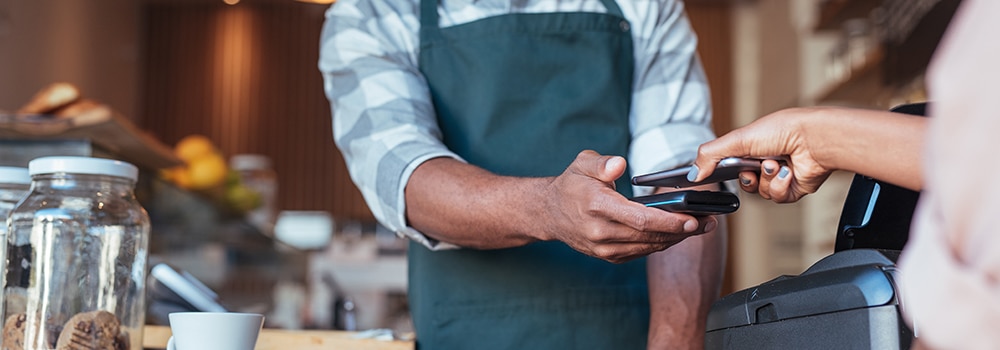Menu
Login
- SOLUTIONS
-
-
FRANCHISEES
-
FRANCHISORS
PARTNER VENDORS
-
-
-
- MARKETPLACE
- RESOURCES
- ABOUT
- SCHEDULE A DEMO
-

Restaurant loyalty programs are a great way to earn repeat customers and develop a dedicated base. But, if your loyalty program isn't implemented in the right way, customers could struggle to adopt it, especially with competition from more established programs.
NOTE: Rewards programs should be implemented at the brand-level, not at the franchisee-level. They should be ubiquitous - you wouldn’t want one restaurant to offer rewards and for another of the same brand not to, because it could cause confusion and/or frustration for customers.
Nonetheless, here are some best practices for implementing a loyalty program that your customers will love.
When loyalty programs first started becoming popular, every restaurant had its own loyalty rewards card and customers simply needed to offer their loyalty card when making a purchase to participate in the program and earn rewards.
For many customers, rewards cards were a convenient way to participate in a loyalty program without much effort. For others, however, a loyalty card was one extra thing to carry around. And when every restaurant and store had introduced its own program, customers became overwhelmed with the number of cards they were expected to carry.
So, give your customers different ways to check in. Offer a physical loyalty card for customers who like to bring something with them. And for those who don't, let customers check in from a mobile device. There will also be customers who don't want to carry a card or use an app, so remember to let customers check in by providing a phone number, as well. No single option will work best for everyone. So, support all three.
When it comes to earning rewards, don't overthink it. Make your loyalty program points-based or rewards-based. In a points-based rewards program, like Caribou Perks, customers earn as they spend — in Caribou's case, it's 10 points for every dollar. They can then exchange those points for discounts or free items. In a rewards-based program, like MyPanera, customers earn rewards automatically just by ordering.
These methods of earning rewards are well-established, so you may want to consider using something similar as a starting point. If you want to introduce more customization, you could offer bonus points for promotional items or for all purchases made during certain hours. But don't go crazy. Make sure your customers can easily understand how to earn rewards.
NOTE: One way to make sure your customers easily understand how to earn rewards is to thoroughly train your employees on how to answer rewards program FAQs.
The way your customers earn rewards needs to be intuitive, and so do the rewards themselves. Whether you're using a points-based system or one that offers rewards automatically, make sure free items are a part of your program. The prospect of earning a free item can be much more appealing than a discount on a future purchase (and is often less expensive). For example, many customers would rather receive a free $3 item than save 10% off their next order, even though a 10% discount could save them more than $3.
Your loyalty program can offer other perks, too. Online ordering is appealing to customers who don't want to wait in line. The option to save favorite orders is enticing for customers who frequently order the same things, and especially for customers who order heavily-customized items due to preference or dietary restrictions.
A good restaurant loyalty program is a win-win. Customers get free items and other perks just by visiting, while you cultivate a base of dedicated repeat customers. Don't reinvent the wheel. Loyalty programs with staying power are the ones that make the most sense to customers while offering real, tangible rewards. Introduce a loyalty program at your restaurants and reap the rewards.
Delaget is the number one resource for QSR data aggregation and understanding. Smarter Wins.
PAR OPS' blog on operational strategies to grow your business faster.
Everything You Need to Know About Hiring & Retaining Teenagers During the 2021 Labor Crisis
Nickels and Dimes: 4 QSR Operational Money-Savers You Likely Haven’t Tried Yet
QSR Loss Prevention: 4 Ways to Prevent and React to Employee Theft